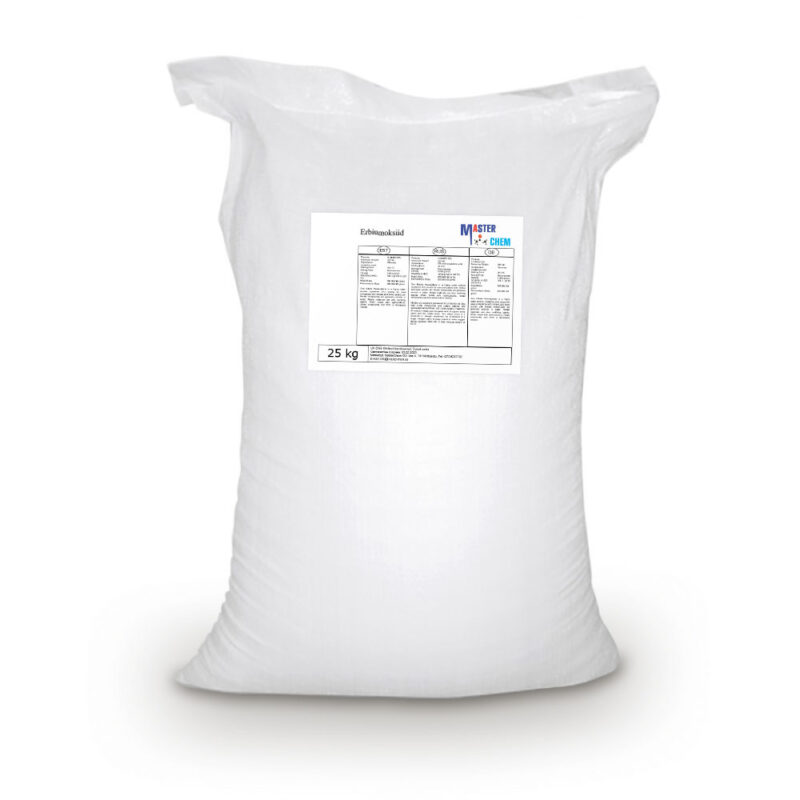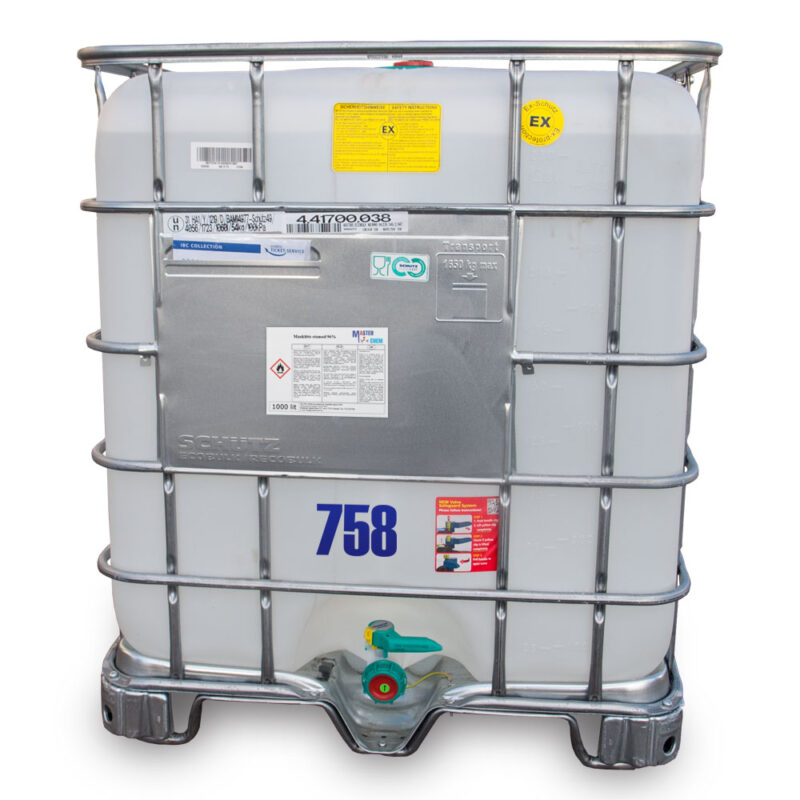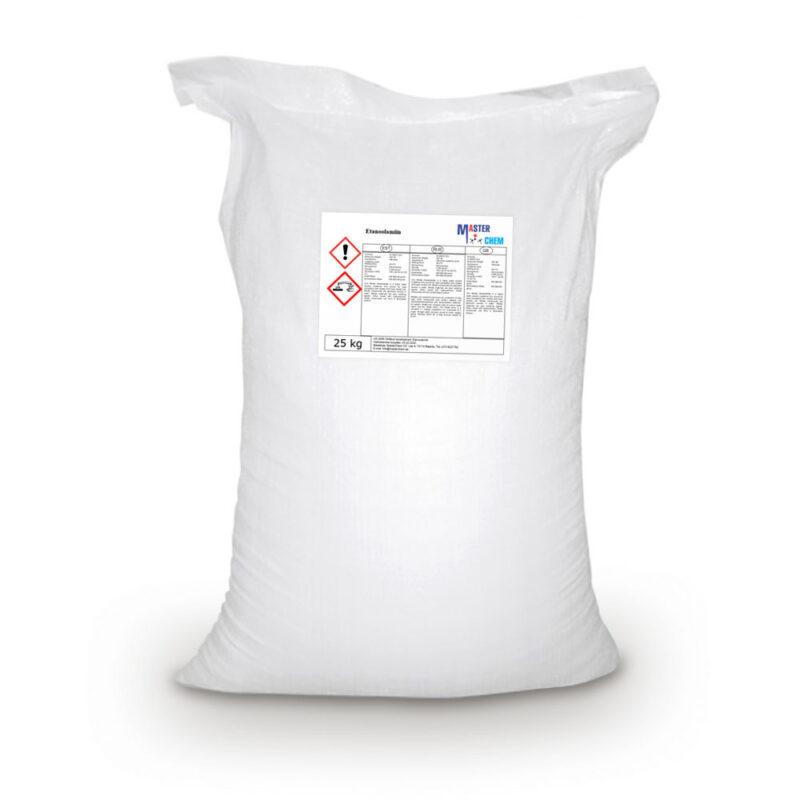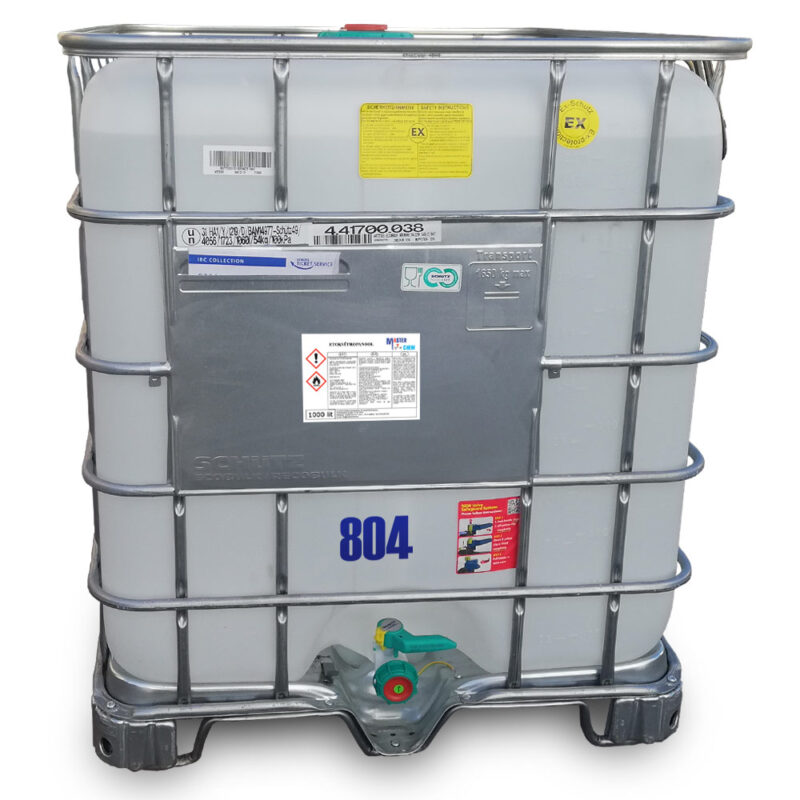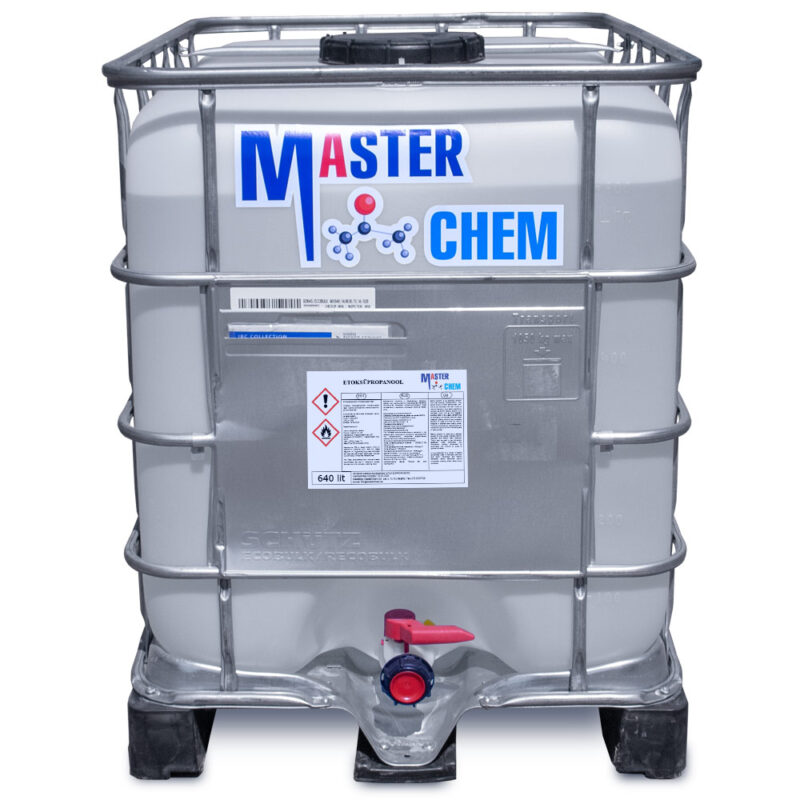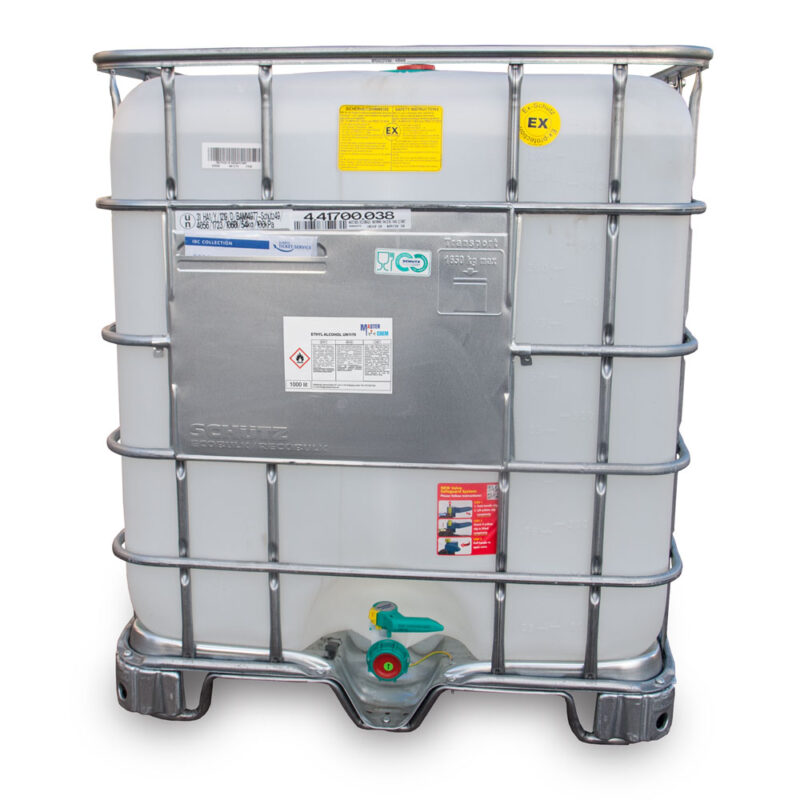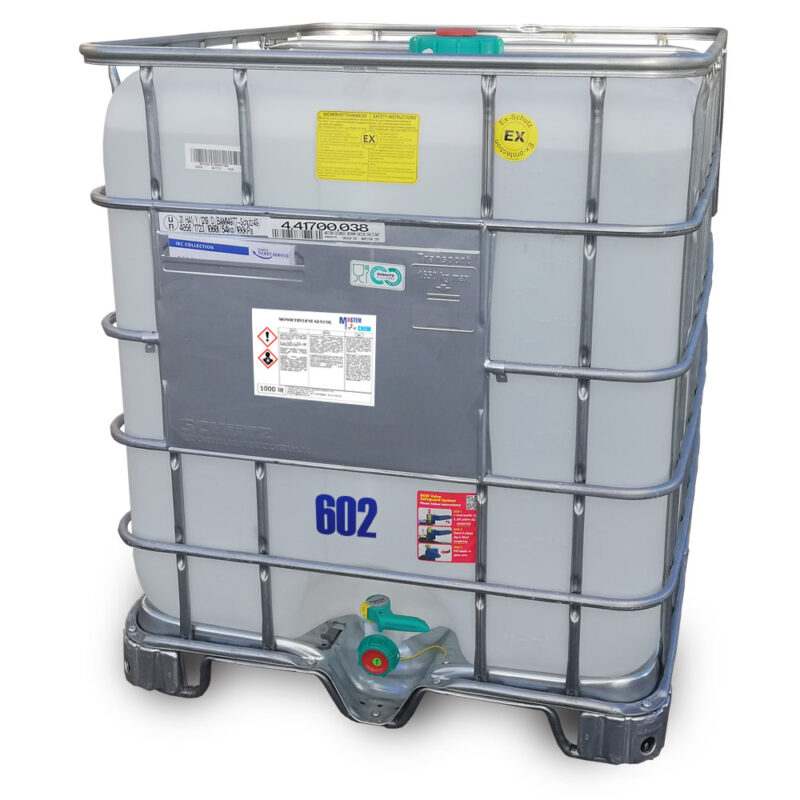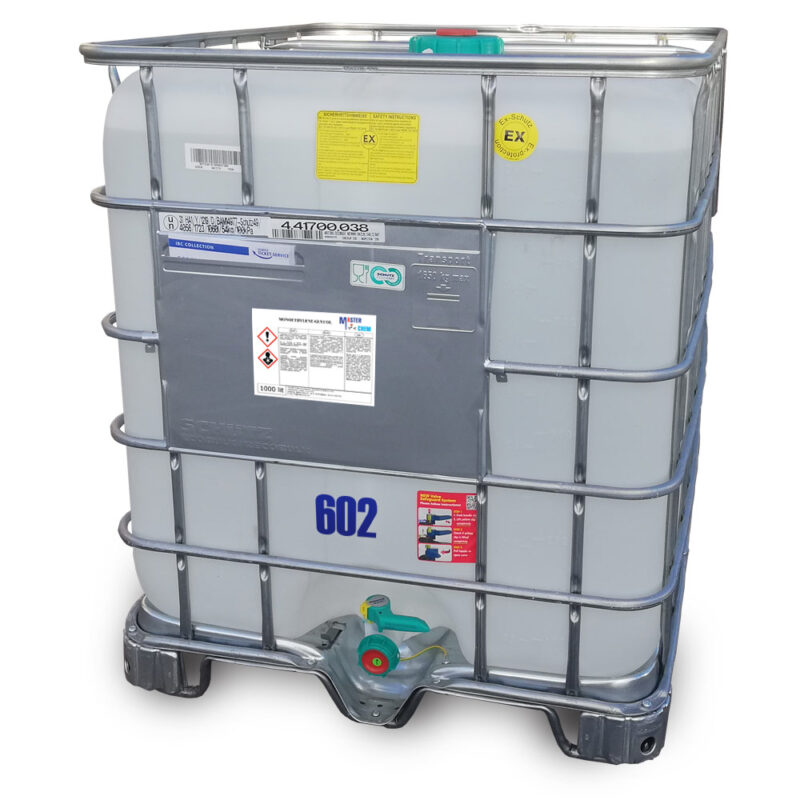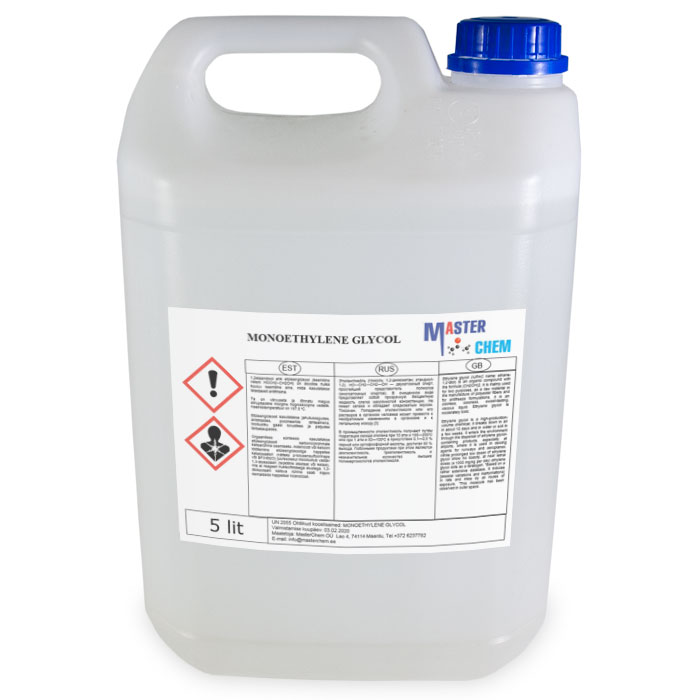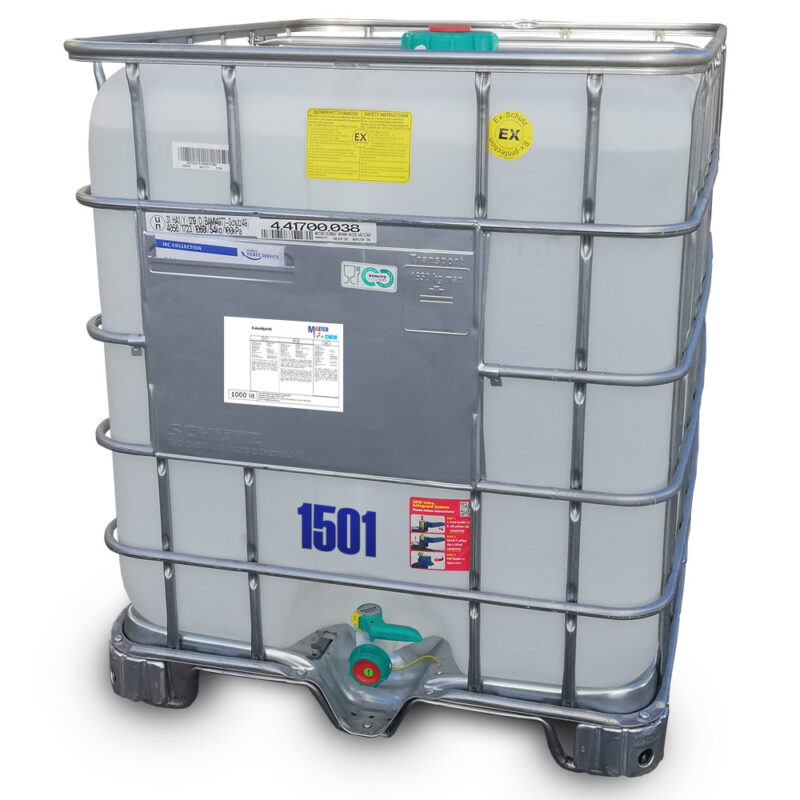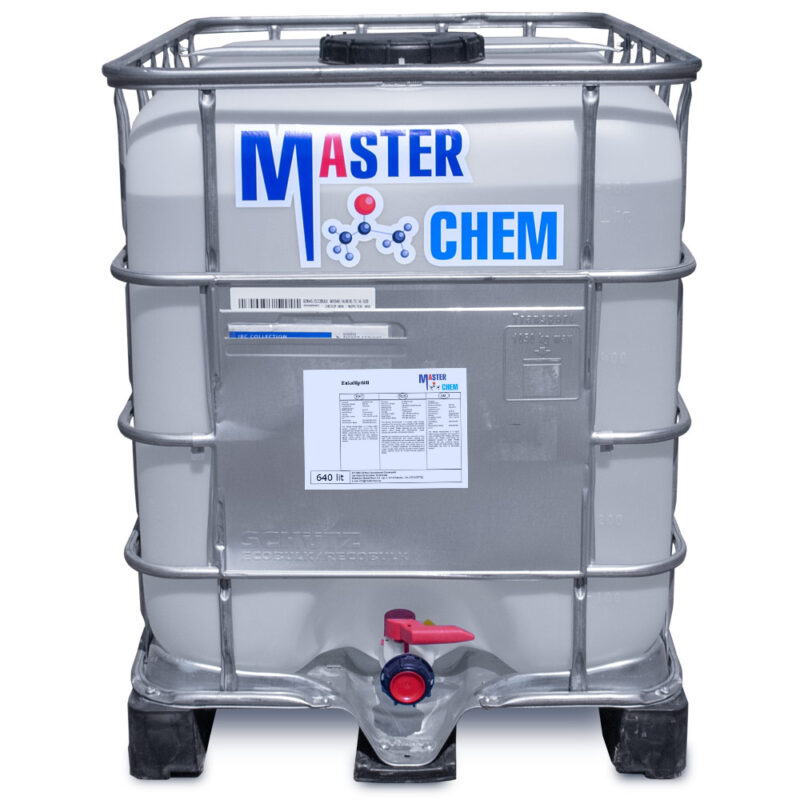Erbium oxide (CAS 12061-16-4)
Erbium oxide (CAS 12061-16-4)
The applications of Er2O3 are varied due to their electrical, optical and photoluminescence properties. Nanoscale materials doped with Er3+ are of much interest because they have special particle-size-dependent optical and electrical properties. Erbium oxide doped nanoparticle materials can be dispersed in glass or plastic for display purposes, such as display monitors. The spectroscopy of Er3+ electronic transitions in host crystals lattices of nanoparticles combined with ultrasonically formed geometries in aqueous solution of carbon nanotubes is of great interest for synthesis of photoluminescence nanoparticles in ‘green’ chemistry. Erbium oxide is among the most important rare earth metals used in biomedicine. The photoluminescence property of erbium oxide nanoparticles on carbon nanotubes makes them useful in biomedical applications. For example, erbium oxide nanoparticles can be surface modified for distribution into aqueous and non-aqueous media for bioimaging. Erbium oxides are also used as gate dielectrics in semi conductor devices since it has a high dielectric constant (10–14) and a large band gap. Erbium is sometimes used as a coloring for glasses and erbium oxide can also be used as a burnable neutron poison for nuclear fuel.
Ester-aldehyde fraction EAF 88%
Raw solution of heat pump heat collection fluid. Used as a heat collection fluid for heat wells or horizontal heat collection pipelines. The liquid is an 88% raw solution of nature-friendly ethanol that MasterChem offers to customers with a corrosion inhibitor mixture (……) or without (……).
Nestee consists of: Technical data sheet
Ethanol is used not only in heat transfer fluids and alcoholic beverages, but also in the cleaning of printing machines, in the paint and varnish industry for the production of stains and dyes, and in the cleaning of equipment.
Water is added to the raw liquid in the ratio of 37% (raw solution): 63% (water) in order to obtain a dilution suitable for the soil.
Ethanolamine (CAS 141-43-5)
Ethanolamine (CAS 141-43-5)
Ethanolamine (2-aminoethanol, monoethanolamine, ETA, or MEA) is an organic chemical compound with the formula HOCH2CH2NH2 (C2H7NO). The molecule is bifunctional, containing both a primary amine and a primary alcohol. Ethanolamine is a colorless, viscous liquid with an odor reminiscent of ammonia. Its derivatives are widespread in nature; e.g., lipids, as precursor of a variety of N-acylethanolamines (NAEs), that modulate several animal and plant physiological processes such as seed germination, plant–pathogen interactions, chloroplast development and flowering, as well as precursor, combined with arachidonic acid (C20H32O2; 20:4, ω-6), to form the endocannabinoid anandamide (AEA: C22H37NO2; 20:4, ω-6).
The ethanolamines comprise a group of amino alcohols. A class of antihistamines is identified as ethanolamines, which includes carbinoxamine, clemastine, dimenhydrinate, Chlorphenoxamine, diphenhydramine and doxylamine.
Ethoxypropanol (CAS 1569-02-4)
Ethoxypropanol (CAS 1569-02-4)
Ethoxy Propanol (also known as propylene glycol ether; Arcosolv PE; ethyl proxitol; and propylene glycol monoethyl ether) is a clear liquid that has a characteristic ether-like odour. It has the formula C5H12O2 and it is miscible with water, is hygroscopic, and it also provides good solvency for a wide variety of substances, including resins, inks, and adhesives.
CAS: 1569-02-4
Ethyl acetate (CAS 141-78-6)
Other names: Ethyl acetate, ethyl ethanoate
Description:
Ethyl acetate is an ethyl etheric acid in the form of a combustible colorless volatile liquid substance with a sharp smell of fruit. There are no mechanical impurities. It is a moderately polar solvent product with the properties of esters. The solution is supplied in methylcarbinol, ethyl ether, benzene, methylene chloride, methylbenzene and some other organic solvents. In water, the dissolution is weaker. Ethyl acetate has a solvent effect on cellulose esters, oil-based resin lacquers, fats and waxes.
Production on an industrial scale occurs during the reaction of ethanol and acetic acid. It is also possible to process ethanol with carbomethylene or synthesize it from acetic aldehyde in the presence of an aluminum alkoxide catalyst.
CAS 141-78-6
Ethyl alcohol (denaturated) (CAS 64-17-5)
Application and use:
Ethyl alcohol is used in:
– Pharmacy as an external antiseptic for the disinfection of hands and surgical instruments
– perfumes for the production of cosmetics, as the main component of aerosols, perfumes, colognes, and is also part of such cosmetics as shampoos, shower gels, toothpastes
– In auto repair shops, this liquid is used for degreasing a metal surface, for painting a body, cleaning aggregates (ethyl alcohol EA8099)
– for domestic needs, it is space heating, cooking, detergent and a hand sanitizer (for example ethyl alcohol EA8099), to clean the surface of grease and oils
– c, non-freezing fluid in the heating systems of earthen loops, we have presented products with different freezing temperatures and different packaging
– the chemical industry is a solvent, it is used as a raw material for the production of certain chemicals, a component in the production of glass cleaning liquids for automobiles (we have products with different freezing temperatures and different packaging).
– in the printing industry as a solvent for washing equipment. We offer both a pure product (ethyl alcohol EA8099) and as a mixture where 90% ethanol and 10% ethyl acetate is a solvent product EE-9010.
– in the paint and varnish industry is used for the production of stains, dyes,
solvents for flushing equipment.
– in the glass industry for degreasing surfaces
– in the leather industry, this is an essential element in tanning leather
– in electronics: in the manufacture of microcircuits, as a necessary substance for the maintenance of equipment (for example, for cleaning it).
Tip: Store the product at a temperature between 0 °C and 35 °C and do not expose it to direct sunlight.
Properties:
Density: at 20 degrees C – 0.78 g/cm3 +-0.01
Color – colorless liquid
Ethylene glycol (CAS 107-21-1)
Ethylene glycol (1,2-dioxane, glycol, ethanediol-1,2) is a sweet-tasting, odorless, colorless, hygroscopic oily liquid. It is obtained by wetting ethylene in the presence of phosphoric or sulfuric acids. Ethylene glycol mixes well with water and alcohol. It has high boiling points and low freezing temperatures, which is why it is widely used as a heat carrier in heating and cooling systems. The crystallization temperature of the concentrate is higher than that of aqueous glycol solutions, therefore it must be diluted with distilled water before use.
CAS: 107-21-1
- Ethylene glycol 35%
- Ethylene glycol 40%
- Ethylene glycol 50%
- Ethylene glycol 100%
Ethylene glycol 35% – Master EWS35 (CAS 107-21-1)
Ethylene glycol (1,2-dioxane, glycol, ethanediol-1,2) is a sweet-tasting, odorless, colorless, hygroscopic oily liquid. It is obtained by wetting ethylene in the presence of phosphoric or sulfuric acids. Ethylene glycol mixes well with water and alcohol. It has high boiling points and low freezing temperatures, which is why it is widely used as a heat carrier in heating and cooling systems. The crystallization temperature of the concentrate is higher than that of aqueous glycol solutions, therefore it must be diluted with distilled water before use.
CAS: 107-21-1
- Ethylene glycol 35%
- Ethylene glycol 40%
- Ethylene glycol 50%
- Ethylene glycol 100%
Ethylene glycol 40% Master EWS-40 (CAS 107-21-1)
Concentration 40%, Freezing point, -24 ° C, Density, 1.056g / m3
Ethylene glycol 40% (Master EWS-40, water-glycol solution) is a mixture of high-quality ethylene glycol with distilled water in the form of an oily hygroscopic liquid with a crystallization temperature of -25 ° C.
CAS: 107-21-1
- Ethylene glycol 35%
- Ethylene glycol 40%
- Ethylene glycol 50%
- Ethylene glycol 100%
Eucalyptus oil
Eucalyptus oil
Eucalyptus oil is a generic name for distilled oil that comes from the leaves of the Eucalyptus genus of the Myrtaceae plant family, native to Australia and cultivated worldwide. Eucalyptus oil has been widely used as a pharmaceutical agent, antiseptic, repellent, aroma, fragrance and industrial use. The leaves of selected eucalyptus species are steam distilled to extract eucalyptus oil.

